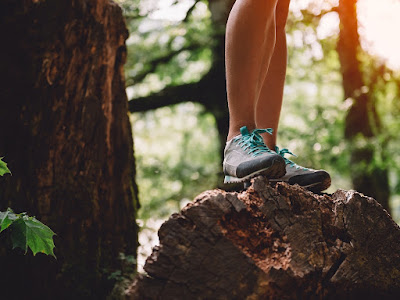
Tuesday, 14 July 2015
Monday, 29 June 2015
GULLS ON THE FORESHORE: T'SIK'WI
 |
| A gull cries in protest at not getting his share of a meal |
Wednesday, 3 June 2015
Monday, 25 May 2015
Saturday, 23 May 2015
CRETACEOUS CAPILANO RIVER
From downtown Vancouver, drive through Stanley Park heading north over the Lion’s Gate Bridge. Take the North Vancouver exit toward the ferries. Turn right onto Taylor Way and then right again at Clyde Avenue. Look for the Park Royal Hotel. Park anywhere along Clyde Avenue.
From Clyde Avenue walk down the path to your left towards the Capilano River. Watch the water level and tread cautiously as it can be slippery if there has been any recent rain. Look for beds of sandstone about 200 meters north of the private bridge and just south of the Highway bridge. The fossil beds are just below the Whytecliff Apartment high rises.
You will see some exposed shale in the area. It does not contain fossil material. The fossils occur only in the sandstone. Interesting, but again, not fossiliferous are the many granitic boulders and large boulders of limestone which may have been brought down by glaciers from as far away as Texada Island. Cretaceous plant material (and modern material) found here include Poplar (cottonwood) Populus sp. Bigleaf Maple, Acer machphyllum, Alder, Alnus rubra, Buttercup Ranvuculus sp., Epilobrium, Red cedar, Blackberry and Sword fern.
Monday, 11 May 2015
LINGULA ANATINA: PRIMATIVE BRACHIOPOD
 |
| Lingula anatina — a primitive brachiopod |
Brachiopods are marine invertebrates with a stalk and two shells connected along a hinge. They are often confused with bivalves such as clams.
Bivalves have shells on the sides of their bodies. Brachiopods have shells on the top and bottom. As a result, the plane of symmetry in a bivalve runs along the hinge while it runs perpendicular to the hinge in brachiopods.
Lingula forms are regarded as the most primitive brachiopods and represent the first certain appearance of brachiopods in the fossil records dating back 530 million years.
Their shells do not have any locking mechanisms. Instead, they rely on complex musculature to move their shells. They are the first known examples of animal biomineralisation — a process whereby living organisms stiffen or harden tissues with minerals. Their shells are composed of calcium phosphate and collagen fibres, characters shared only by evolutionarily distant vertebrates.
Lingulid brachiopods had changed so little in appearance since the Silurian, 443-419 million years ago, they are referred to as living fossils — a term bestowed upon them by Charles Darwin himself.
Photo: Wilson44691 - Own work, Public Domain, https://commons.wikimedia.org/w/index.php?curid=8624418
Tuesday, 5 May 2015
PLANNING YOUR NEXT STAYCATION: HORNBY ISLAND
Sunday, 19 April 2015
TAKING IN THE VIEW
Have you ever wondered about the colors you see in these moments? What sunlight actually is? Yes, it's light from the Sun but so much more than that. Sunlight is both light and energy. Once it reaches Earth, we call this energy, "insolation," a fancy term for solar radiation. The amount of energy the Sun gives off changes over time in a never ending cycle. Solar flares (hotter) and sunspots (cooler) on the Sun's surface impact the amount of radiation headed to Earth. These periods of extra heat or extra cold (well, colder by Sun standards...) can last for weeks, sometimes months.
The beams that reach us and warm our skin are electromagnetic waves that bring with them heat and radiation, by-products of the nuclear fusion happening as hydrogen nuclei shift form to helium. Our bodies convert the ultraviolet rays to Vitamin D. Plants use the rays for photosynthesis, a process of converting carbon dioxide to sugar and using it to power their growth (and clean our atmosphere!) That process looks something like this: carbon dioxide + water + light energy -->glucose + oxygen = 6 CO2(g) + 6 H2O + photons → C6H12O6(aq) + 6 O2(g) Photosynthetic organisms convert about 100–115 thousand million metric tonnes of carbon to biomass each year, about six times more power than used my us hoomins.
We've yet to truly get a handle on the duality between light as waves and light as photons. Light fills not just our wee bit of the Universe but the cosmos as well, bathing it in the form of cosmic background radiation that is the signature of the Big Bang.
Once those electromagnetic waves leave the Sun headed for Earth, they reach us in a surprising eight minutes. We experience them as light mixed with the prism of beautiful colors. But what we see is actually a trick of the light. As rays of white sunlight travel through the atmosphere they collide with airborne particles and water droplets causing the rays to scatter. We see mostly the yellow, orange and red hues (the longer wavelengths) as the blues and greens (the shorter wavelengths) scatter more easily and get bounced out of the game rather early.











